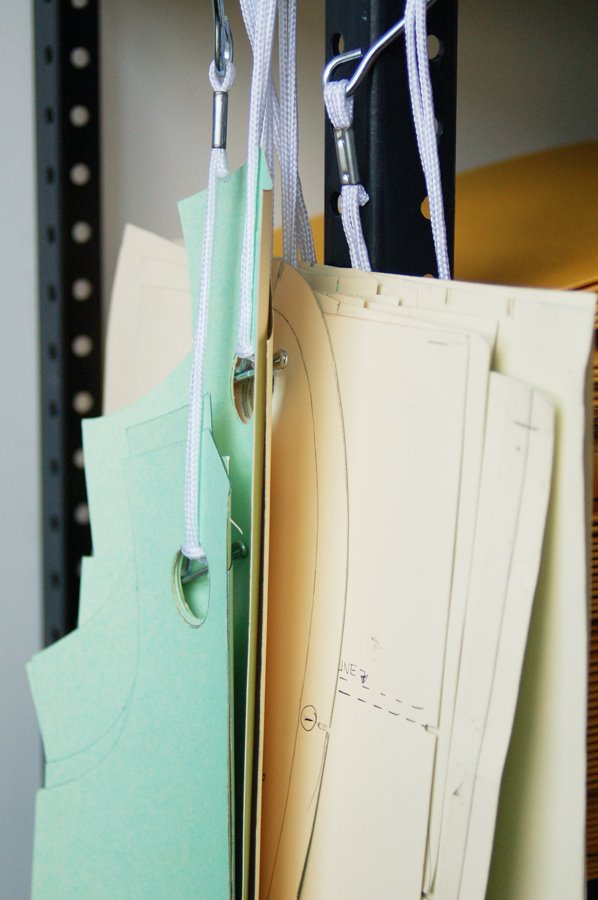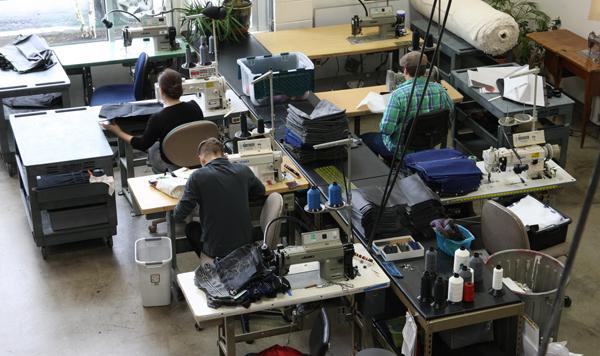Quantifying Small Run Production

Who Should Make Your Patterns?
March 2, 2012
Sourcing Fabric for Production
February 13, 2013Many emerging designers who want to outsource production find the minimums required by most sewing contractors far beyond their reach. Small run production sounds like the answer, but the real question is, “What constitutes a small run?”
Larger domestic contract sewing factories specify minimums of several hundred or even thousands of units per style, and overseas production facilities typically have higher minimums than most domestic operations. Smaller contractors who are willing to take on small runs often require at least 100 units, with a select few willing to go as low as 50 units per style. Restrictions on the number of sizes and color ways are also common.
Anything less than 50 units is typically considered a sample run.
When you’re talking about smaller quantities like one or two dozen, the construction process is essentially sample making; it is nowhere near as efficient to manufacture a small run as it would be to set up a production line for hundreds of units.
As such, you cannot expect to get quotes for small quantities that are anything close to mass production piece rates, and be prepared to pay a higher premium for a few dozen or less. Small lots require a higher level of skill from a sewer who can assemble a garment from start to finish, thus the labor rate is higher. It also takes the repetition of working on one operation over and over to build up speed, but a short run is over before the operator has much chance to establish a rhythm.
Keep in mind, the contractor has to include time for project planning and setting up machines; switching out threads and calibrating tensions for various attachments and fabrics is not spread out over as many units in a small run, which adds to overall time and costs.
Often, the smaller contractors and home sewers that may be willing to take on sample duplicates or very small runs do not have as much variety in equipment such as large tables for efficient stack cutting or specific machines and attachments for streamlining specialty operations. Thus, the more you can simplify and minimize the different types of operations and machines required, the better.
It can be challenging to hit reasonable costing margins at wholesale if you’re starting out and producing sample runs, so make sure your pricing structure can handle the higher cost of small lots and domestic production. It’s nearly impossible to be profitable at the same price points as large name brands who mass produce overseas, not to mention you shouldn’t expect to turn a strong profit the first season.
You may find that selling direct to consumer is a good option, since you’re able to capture the retail markup. If you do go the route of wholesale accounts, determine a reasonable sales quota that must be met before committing to a contractor’s production minimums in order to limit your chances of getting stuck with a bunch of excess inventory.
Many decisions can be made early on in the design and prototype stage to engineer your design for small run manufacturing. Be open to your pattern and sample makers’ suggestions for cost effective modifications; you’ll find the production process will go smoother and more contractors will be willing and able to work with you as your businesses grows.



1 Comment
Thank you for clarifying what “small run” translates to in real life! This article was very helpful in the planning of my new business. Thank you so much for your blog.